- About us
- Support the Gallery
- Venue hire
- Publications
- Research library
- Organisation chart
- Employment
- Contact us
- Make a booking
- Onsite programs
- Online programs
- School visit information
- Learning resources
- Little Darlings
- Professional learning
Sir Jack Brabham OBE (1926–2014), racing car driver, studied mechanical engineering before working as a RAAF mechanic during World War II. After some years building midget racing cars, Brabham took to driving, winning the Australian midget-car title in 1951. Switching to road racing, he moved to England in the hope of becoming a Formula 1 driver. Racing in a Cooper Climax, Brabham won the World Championship in 1959 in sensational style. In the last lap of the deciding race he was leading the field when his fuel ran out. Undaunted, he pushed the vehicle over the finish line to take the Championship – his first of three. In 1966 he became the first driver in Formula 1 history to win the title in a car of his own design, the Repco Brabham. Australian of the Year in 1966, he won a career total of 14 Grand Prix events before retiring in 1970. In 1979 he became the first person to be knighted for services to motor sport. The longest lived Formula 1 driver to date, he became a Sport Australia Hall of Fame Legend in 2003 and sections of the Sydney Motorsport Park circuit were named for him in 2012.
Brian McInerney (b. 1946) was a young assistant photographer at Channel Seven in Sydney in the 1960s. He was not assigned to cover the Tasman Series races in 1967, 1968 & 1969, but he nonetheless acquired press photographers’ passes, giving him unbridled access to the drivers and the track. As a result, his is the definitive set of images of the events, which attracted drivers from the northern hemisphere in the Formula 1 off season. He took this shot of Brabham at Warwick Farm, where a motor racing track coexisted with the horse racing track from 1960 to 1973. The race that day was won by the ‘Flying Scot’, Jackie Stewart.
Collection: National Portrait Gallery
Purchased 2012
© Brian McInerney
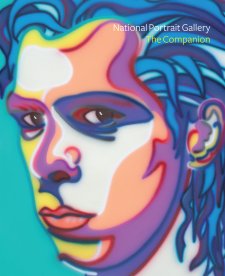
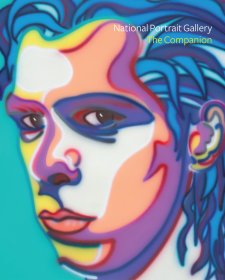

On one level The Companion talks about the most famous and frontline Australians, but on another it tells us about ourselves.
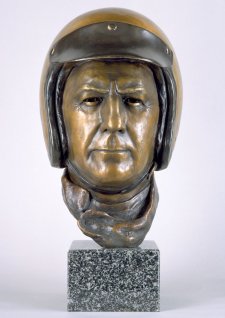
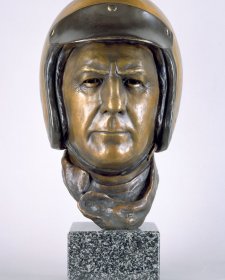
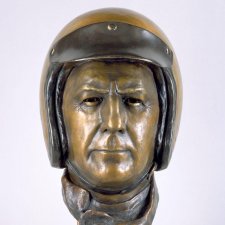
The bronze sculpture by Julie Edgar reflects through both the material and representation the determined and straight-forward nature of Brabham.


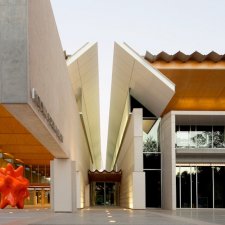
Visit us, learn with us, support us or work with us! Here’s a range of information about planning your visit, our history and more!